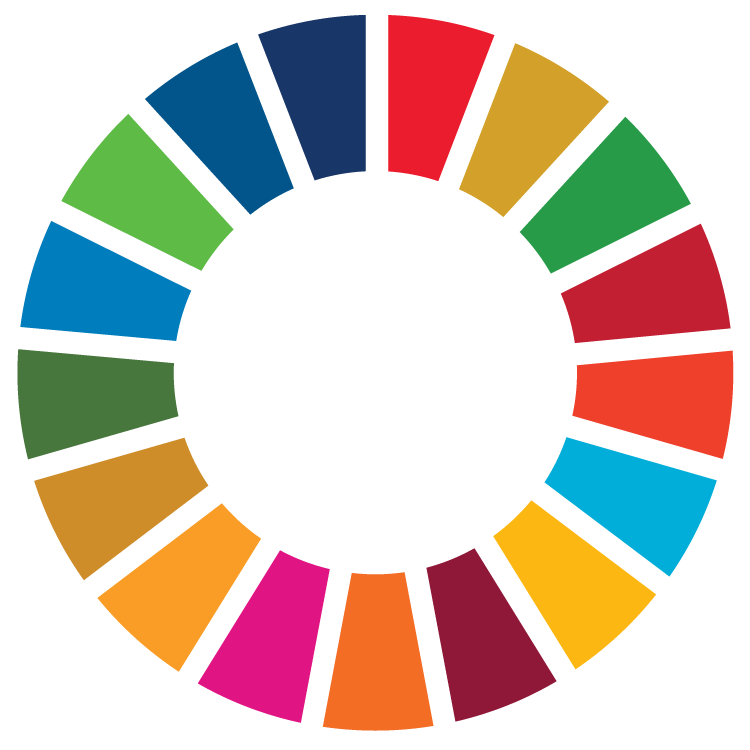In the multilateral pollution agenda, advancing synergies and cooperation across MEAs has gathered increasing recognition, as evidenced by several decisions from MEA governing bodies and/or existing cooperation mechanisms and working groups under the purview of relevant international Conventions. Two notable examples calling for coordination and cooperation to advance effective and synergetic MEA implementation include: the cooperation between the Basel, Rotterdam and Stockholm (BRS) Conventions and the Minamata Convention; and the cooperation between the Protocol on Pollutant Release and Transfer Registers (PRTRs) of the UNECE Aarhus Convention and the Air Convention, BRS and Minamata Conventions. Furthermore, the adoption of the Global Framework on Chemicals (GFC) in 2023 has created significant momentum to promote synergies and cooperation across the cluster of pollution-related MEAs. The Framework presents a comprehensive plan to guide countries and stakeholders in jointly addressing the lifecycle of chemicals and reducing emissions and releases of chemicals and waste to the environment, which inter alia are a significant source of air pollution and an obstacle to the realization of the human right to a clean, healthy and sustainable environment recognized by UNGA resolution 76/300.
In response to these overarching needs and recognitions, the sixth session of the UN Environment Assembly (UNEA-6) in 2024 tasked the UN Environment Programme with: promoting synergies, cooperation or collaboration for the national implementation of MEAs (UNEA 6/4); facilitating the coherent and effective implementation of the MEAs at the regional and national levels, on a Member State–driven basis, including through the Fifth Montevideo Programme for the Development and Periodic Review of Environmental Law and in cooperation with United Nations Country Teams (UNCTs) (UNEA 6/6); and cooperating with relevant MEAs to raise awareness and foster national and regional action to address the multiple and transboundary impacts of air pollution and improve air quality globally (UNEA 6/10).
As part of its mandate, UNEP conducted analyses, combined with the findings of relevant UNECE Environmental Performance Reviews which suggest that countries in the Central Asia region face significant environmental challenges related to chemicals, waste management and air pollution, many of which have transboundary implications.
Strengthening synergies in the implementation of international agreements such as the BRS and Minamata Conventions, the UNECE Air Convention, Aarhus Convention and its Protocol on PRTRs can therefore help Central Asian countries address pollution sources collectively, improve monitoring systems, and implement harmonized policies and legislation that advance effective environmental governance. A coordinated approach will not only protect human health and biodiversity but also support sustainable economic growth and regional stability.
Although all five countries in the region have explicitly entrenched the human right to a clean, healthy and sustainable environment or variations thereof in their constitutional frameworks or legislation, there are still several implementation challenges due to persisting normative, capacity and awareness gaps. These include the need to improve coordination and synergies across national policies, laws and institutional frameworks, compounded by capacity gaps of legislators and the judiciary to effectively secure and enforce their implementation. In this context, promoting the effective implementation of the Aarhus Convention and its Protocol on PRTRs across the region remains an important mechanism to close the information, normative and capacity gaps and strive for the full implementation of the human right to a clean, healthy and sustainable environment.


